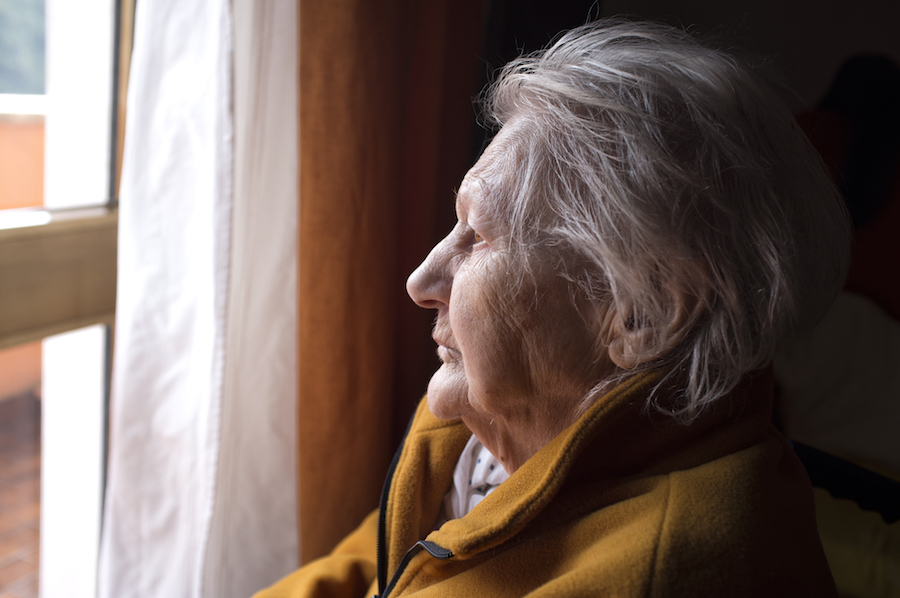
The rural population in the U.S. is aging at a more rapid rate than in urban areas, while disparities in rural health and life expectancy continue to grow. A new five-year, $1.6 million grant from the National Institutes of Health’s National Institute on Aging (NIA) will fund a Penn State-led project to build an interdisciplinary network of researchers focusing on rural population health and aging.
According to principal investigator Leif Jensen, distinguished professor of rural sociology and demography and associate director of the Social Science Research Institute, what is needed is a new approach to research that recognizes rural America is ever-changing and its problems are complex.
“In addition to aging, populations in many rural areas are declining and rates of persistent poverty are high, raising questions about the implications for the people and places left behind.”
Building upon a USDA-supported, multi-state research project involving a group of demographers studying rural people and places, Jensen and his research team plan to draw in researchers at the participating institutions and elsewhere to create and support a network devoted to better understanding the problems of health and aging in rural America. In addition to Penn State, the key institutional partners are Syracuse University, the University of Colorado Boulder and the University of Mississippi.
“Our goal is to forge new collaborations between scientists who study health and aging with others who focus on spatial disparities and rural well-being,” Jensen said. “We will recruit emerging, established and underrepresented scholars from multiple institutions across the U.S. to generate new research that is greatly needed.”
The newly established “Interdisciplinary Network on Rural Population Health and Aging” will identify gaps, stimulate new research, and develop and disseminate training materials, as well as data and analytic resources to better understand rural health and aging trends and the factors affecting these trends.
The project will support network researchers through pilot grants, annual meetings, working groups and mentoring. A central goal is to promote the development of large-scale research proposals to be submitted to NIA and other funders. Finally, the network will share their findings and resources with academic, policy and public audiences through research briefs, webinars, congressional briefings, and data archiving.
For Jensen, the project is a reflection of his academic career coming full circle.
“My first published paper as a graduate student focused on gerontology, and I’ve always been interested in rural elders," he said. "As our population ages, people living in small-town and rural America face additional challenges, such as isolation and limited access to health care. We hope that our work will establish a sustainable foundation to support innovative, publicly-accessible and impactful research.”
Each of the Network’s lead investigators and institutions have expertise in one or more of the broad areas of population health, aging, and rural people and places, and they are geographically dispersed across the country.
"I am thrilled to be involved in the development of this interdisciplinary network on rural population health and aging,” said Shannon Monnat, associate professor of sociology at Syracuse University and a co-principal investigator on this project. “This NIA award will be instrumental in our group's efforts to build a research infrastructure to better understand and address the large and growing rural-urban and within-rural disparities in life expectancy and other health and aging outcomes. As a former Penn State faculty member, I am also very excited to have the opportunity to once again work with my talented Penn State colleagues on this exciting and important initiative."
Other co-principal investigators on the project are Lori Hunter, professor of sociology and director of the CU Population Center in the Institute of Behavioral Science at the University of Colorado Boulder, and John Green, professor of sociology and director the Center for Population Studies at the University of Mississippi. Martin Sliwinski, professor of human development and family studies and director of the Center for Healthy Aging at Penn State, is a co-investigator on the project.
Additional support will be provided by Penn State’s Population Research Institute, part of the Social Science Research Institute.